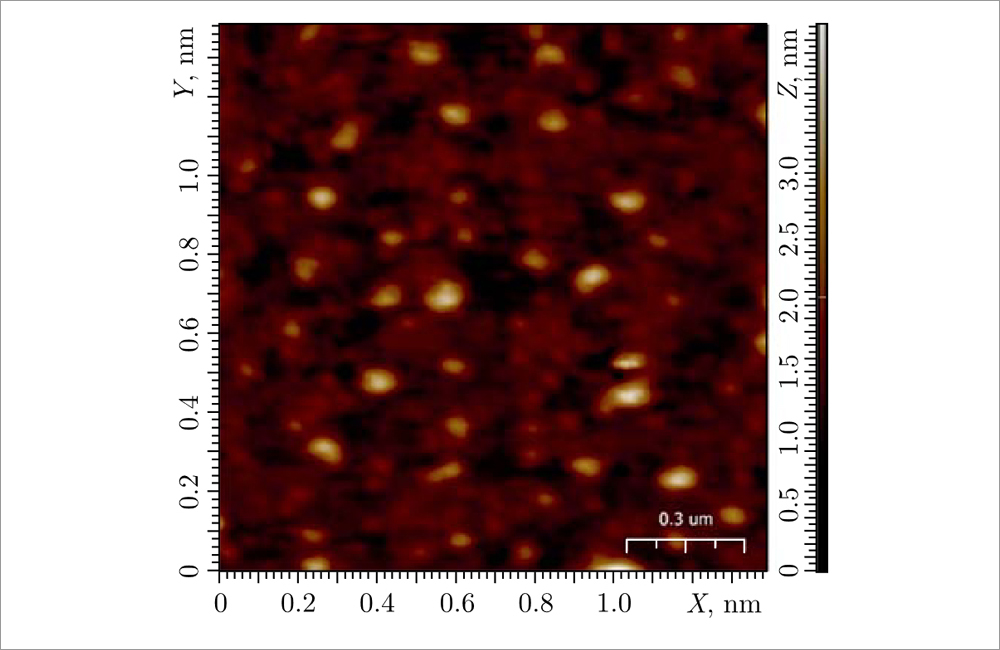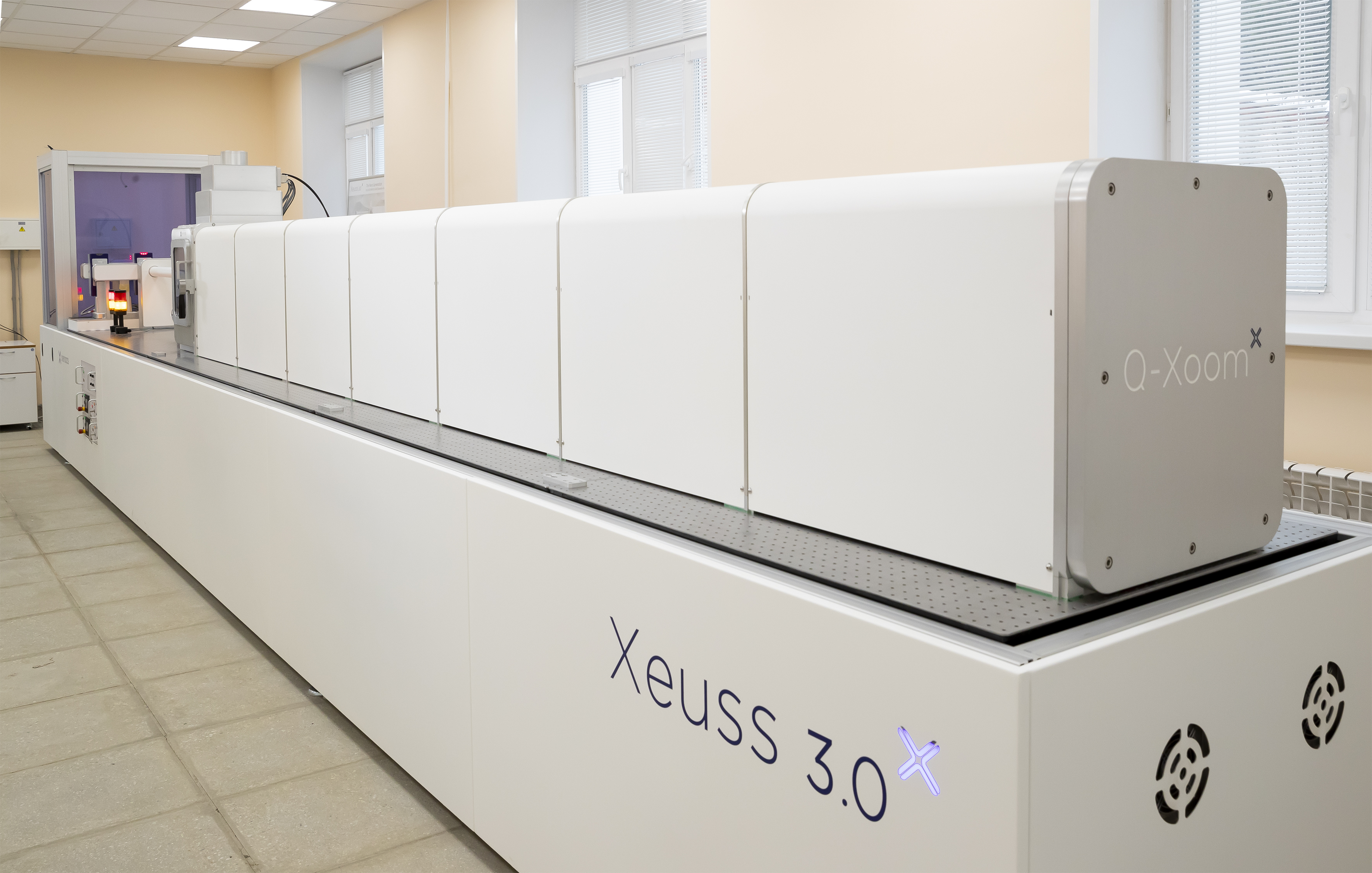Mechanism for controlling the optical properties of new materials was determined
Media, 09 March 2022
Specialists of the Frank Laboratory of Neutron Physics JINR within an international scientific group have conducted detailed structural studies of unique optical materials – silicate glasses doped with Cu2Se and europium nanoparticles. As a result, they found out that a special region is formed around the copper selenide nanoparticles, which provides the basis for influencing the optical properties of such glass materials.
Obtaining new materials with desired properties is an urgent task today. These materials include unique silicate glasses with rare earth elements and semiconductors containing nanoparticles. Such materials are used in the creation of headlights, signal lamps, laser technology, in imitation of precious stones. These transparent materials hold promise in ionizing radiation detectors, quantum dot materials, phosphors, and light sources.
It has been found that the optical properties of silicate glasses can be changed by adding copper selenide Cu2Se and europium Eu with nanoparticles of copper selenide Eu to them. It is assumed that europium redistributes the energy levels of optical copper selenide nanoparticles. It also provides additional optical transitions due to the transfer of absorbed light energy from the semiconductor to rare earth elements. Thus, it can control the optical properties of such a system by varying the properties of semiconductor nanoparticles and the concentration of added europium in the glass matrix. However, it was not clear what happens at the structural microscopic organizational level of such systems, and what are the structural prerequisites for these optical effects.
Therefore, a team of scientists from the Frank Laboratory of Neutron Physics JINR and Belarusian universities has joined the study on the structural aspect of the optical properties in glass materials. According to a researcher Candidate of Physics and Mathematics Anton Rutkauskas (DNICM, FLNP JINR) several experimental methods were used to solve this complex problem: small-angle neutron scattering (SANS) and atomic force microscopy (AFM). It has been established that copper selenide nanoparticles sized 50–90 nm are formed in the glasses under study. “But the most interesting thing is that a certain local region, rich in europium, is formed around these nanoparticles,” A. V. Rutkauskas says. It serves as the structural basis for changing the optical properties of such glass materials.
 Fig.1. Example of a typical AFM image for a test sample
Fig.1. Example of a typical AFM image for a test sample
“The next step will be the study of luminescence and those structural features that determine it in other glass materials synthesised by our Belarusian colleagues,” Anton Rutkauskas notes. Now FLNP JINR has a new scientific instrument called the SAXS Xeuss 3.0 X-ray facility. It allows studying not only nanoparticles using X-ray small-angle scattering, but also crystal structure using X-ray diffraction.
More details about the studied compounds are available in the JINR preprint “Investigation of silicate sol-gel glasses doped with Cu2Se and Eu nanoparticles by small-angle neutron scattering and atomic force microscopy”. Authors: A. Rutkauskas1, J. Gorshkova1,2, V. Gurin3, S. Kichanov1, D. Kozlenko1, A. Alekseenko4. The work was carried out with the participation of JINR and three Belarusian universities: Belarusian State University, Belarusian State Technological University and Sukhoi State Technical University Of Gomel.
- Joint Institute for Nuclear Research, Dubna, Russia
- Kazan Federal University, Kazan, Russia
- Research Institute for Physical Chemical Problems of the Belarusian State University, Minsk, Republic of Belarus
- Sukhoi State Technical University of Gomel, Gomel, Republic of Belarus
